The Fatih Mosque in Istanbul has a lovely interior like many Turkish mosques, but the primary importance of this mosque is its illustrious permanent resident, Mehmet the Conqueror.
History
The Imperial Fatih Mosque was constructed between 1462 and 1470 by Sultan Fatih Mehmet (“Mehmet the Conqueror”; 1432-81), who took Constantinople in 1453. The architect was Atik Sinan, not to be confused with the Sinan hired by Suleyman.
Sultan Mehmet’s goal was to build an Islamic monument more spectacular than the Hagia Sophia. Legend has it that when the mosque failed to reach as high as the church despite being bulit atop a hill – the sultan had the architect’s hands cut off.
The Fatih Mosque and complex included a caravansary, a hospital, several hamams, the kitchens, and a market. Its school instructed up to 1,000 students at a time.
After an earthquake in 1509, the complex was restored by Beyazit II. During another earthquake in 1771, most of it collapsed. The present mosque and complex mostly date from a reconstruction under Mustafa III, completed in 1771. The mihrab, medreses (schools), and inner courtyard survive from the original complex.
What to See
The large Fatih Mosque stands atop the highest hill in Istanbul. Like the other classical mosques in the city, it has a tall central dome supported by semi-domes on all four sides. The painting of the spacious interior reveals a Baroque influence on 18th-century Ottoman art.
Surviving elements from the original 15th-century mosque include three galleries of the courtyard, the portal, the mihrab and the lower shafts of the minarets. The tombs of Mehmet II and his wife are located outside the mihrab wall.
The Fatih Mosque was built over the site of the Church of the Holy Apostles. Reused building materials from the church, such as column pieces and stone blocks of the foundations, have been identified in the courtyard of the Fatih Mosque.
Each Wednesday the area around the mosque is filled with a busy street market.
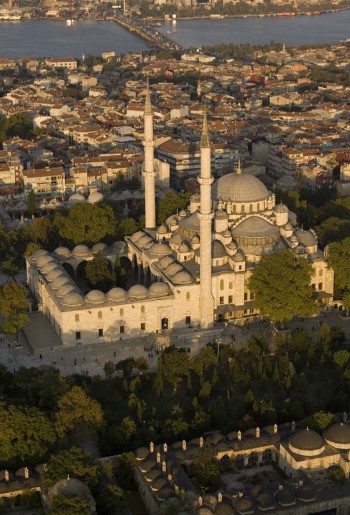
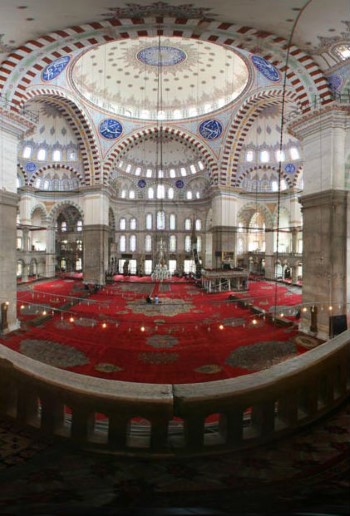
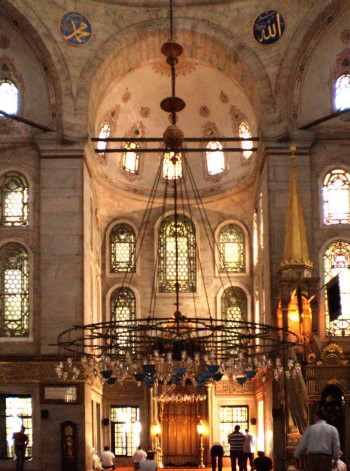
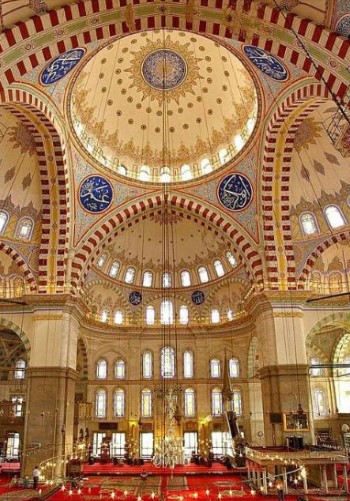
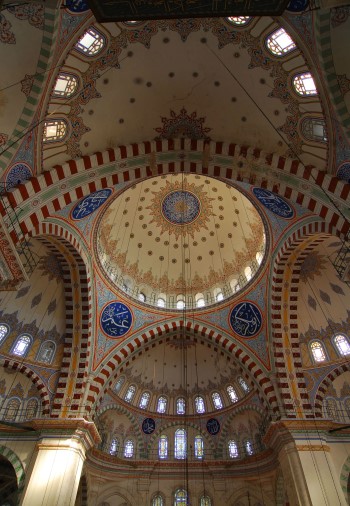
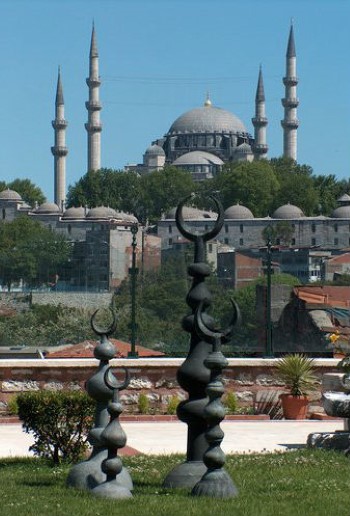


I don't mean it bad. Just take care to avoid trouble. Tourist police is opposite of water cisterns they might ask you to leave and come back In between prayer times. So go for a snack, plan a second thing to do instead of visiting a mosque.
Very nice complex but nowadays most of it on renovations. The "turbesi" is very nice, the access is on the left side.
Very beautiful and large it was something spectacular to see among all the great history in Istanbul
This mosque is very beautiful, especially because it has a lot of natural light and one can admire its entire splendor.
The courtyard is really beautiful, a nice place to rest and admire.
Very similar to blue mosque, this huge mosque is amazing and majestic close to spice market it's a must place to visit in Istanbul.
Named for the Ottoman conqueror of Istanbul, this mosque was part of a large religious complex atop one of the city’s many hills. Among the other original buildings in the complex were a school, library and hospital.
Learnt a lot about the great sultan fatih,history brillant,sad side is the trachory of the Jews in the end that killed him.
This was a fun day trip as we passed the bridal boutiques, ancient viaduct, and Fatih markets en route to the mosque. It's another fabulous mosque and I think it's where they hold the annual muezzin competition.
Historical and beautiful Islamic art sample at Fatih. Not very centrally located but definitely worth a visit. You can see more Istanbul life a bit away from centre.
Architecture is incredible for this orthodox area mosque, very conservative people use this mosque and is possible to visit one of their hero tomb.